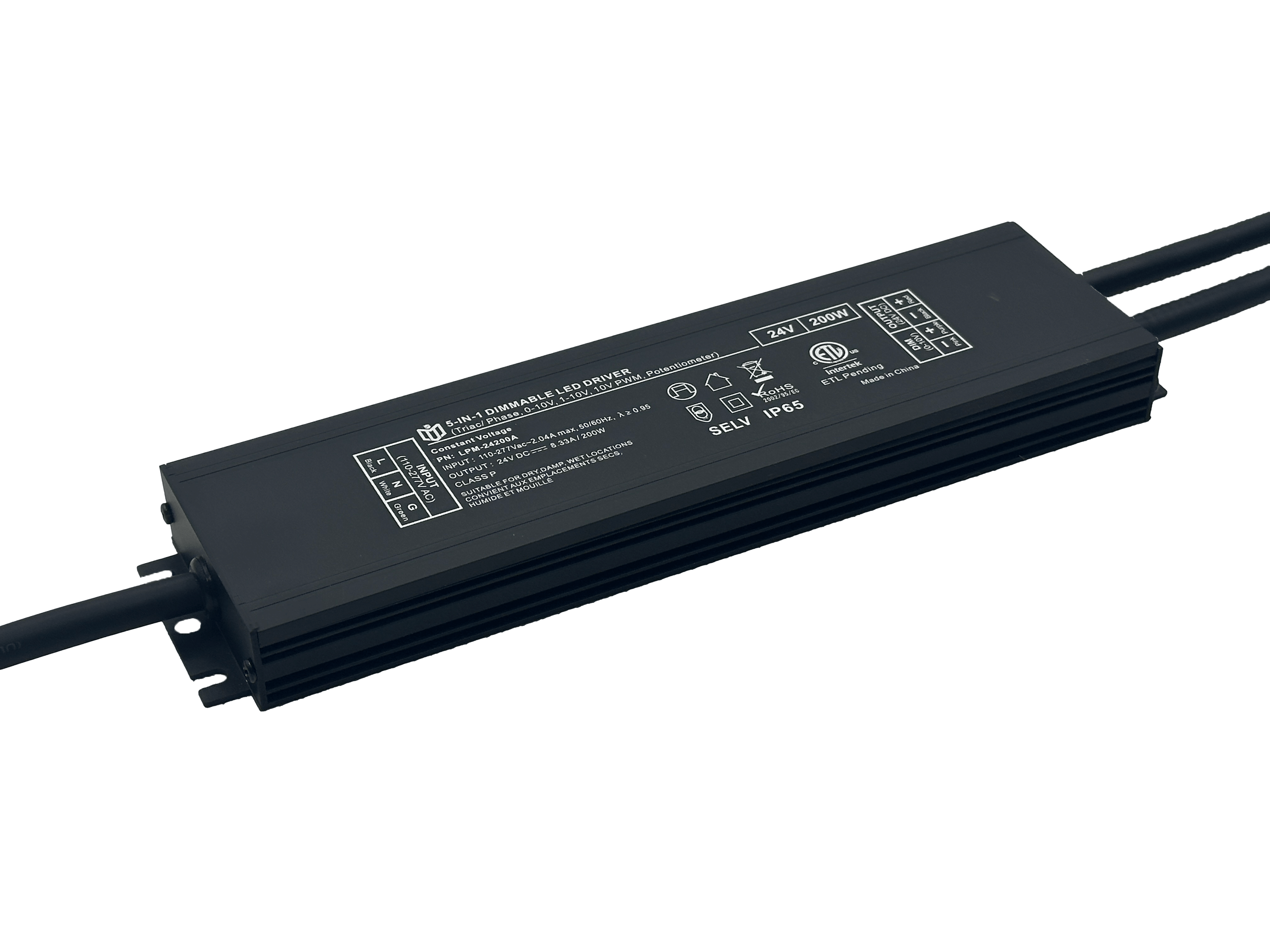Lighting That Understands Your Needs—Experience the Smart Interaction of TRIAC Dimming Power Supplies
The Evolution of Responsive Illumination: Enter TRIAC Dimming Technology
Gone are the days of one-size-fits-all brightness levels. Modern spaces demand dynamism, and TRIAC (Triode for Alternating Current) dimming systems deliver precisely that—acting as intelligent bridges between human intent and luminosity output. Unlike crude on/off switches or basic sliders, these specialized power supplies interpret subtle input variations through phase-cutting techniques, translating finger taps or app commands into fluid light transitions across thousands of shades. It’s not just about lowering wattage; it’s about crafting environments alive to your mood swings, tasks, and circadian rhythms.
Why Smart Interaction Matters More Than Ever Before
At its core, “smart” means contextual awareness. When you host dinner parties, work late into nights, or unwind after hectic schedules, your lighting should instinctively respond without manual fuss. TRIAC dimmers achieve this via microsecond-accurate pulse modulation—adjusting current flow in real time while maintaining stable voltage profiles to prevent flickering or hum. The result? Seamless crossfading between warm amber tones for relaxation and crisp daylight whites for focus—all triggered by voice assistants, mobile apps, or tactile controls designed for blind operation. No lag, no guesswork—just pure symbiosis between user and environment.
Unpacking the Mechanics: How TRIAC Units Work Their Magic
Beneath their compact enclosures lie sophisticated silicon controllers monitoring AC waveform peaks. By chopping specific portions of each sine wave cycle (typically during zero crossings), they reduce RMS voltage proportionally—think dimming like turning down volume knob but for electricity. Crucially, advanced models incorporate feedback loops compensating for load changes (e.g., adding more bulbs doesn’t disrupt existing settings). This self-regulating intelligence ensures consistent performance whether powering single pendant lamps or entire architectural arrays, making them ideal for both residential boutiques and commercial galleries seeking gallery-grade illumination precision.
Real-World Applications: From Bedrooms to Boardrooms
Picture waking naturally as simulated dawn gradually fills your bedroom—then shifting to energizing cool white once feet hit floor. In kitchens, task lighting intensifies automatically when chopping vegetables then softens during coffee breaks. Retailers leverage dynamic color temperatures to highlight jewelry sparkle versus fabric textures. Even outdoor landscapes benefit: pathway markers dim respectfully post-midnight while security floodlights remain vigilant. Hospitality venues program scenes matching menu courses—aperitif hour vs dessert service—all orchestrated silently by networked TRIAC drivers synced to occupancy sensors. The possibilities extend wherever nuanced control elevates experience beyond functional illumination.
Future-Proof Your Space: Embrace Adaptive Light Ecosystems
As IoT proliferation accelerates, standalone fixtures become obsolete relics. Today’s top-tier TRIAC supplies natively integrate Zigbee/Z-Wave protocols, enabling cloud synchronization across continents or local automation via hubs like Alexa/Google Home. Firmware updates add features annually—gesture recognition, biometric triggers—without hardware swaps. Sustainability gains compound too: optimized dimming slashes carbon footprints by up to 40% compared to static modes while extending bulb longevity through stress reduction. Investing now isn’t merely upgrading lights; it’s future-proofing comfort zones where technology fades into invisible harmony with daily life.
Selecting Your Perfect Partner in Luminosity
Key considerations include compatibility (LED/CFL/incandescent support), load range (minimum 5W–maximum kW ratings matter!), certification standards (UL listing ensures safety), and form factors (DIN rail mounts vs plug-and-play modules). Look for manufacturers offering intuitive commissioning tools—drag-and-drop interfaces let non-experts create complex schedules within minutes. Don’t overlook thermal management either; quality units sport aluminum heat sinks preventing thermal throttling during peak summer afternoons. Remember: cheapest isn’t best when reliability impacts both safety and aesthetics over decades of use.
Case Study: Museum Curator’s Dream Come True
When Paris’ Musée d’Orsay retrofitted its historic wings, curators insisted on damage-free preservation of delicate pastels. Engineers deployed low-EMI TRIAC systems operating at <1kHz frequencies—far below harmful resonance thresholds—while achieving ULR (Ultra Low Radiated emissions) compliance. Multizone controllers allowed independent adjustment per canvas without affecting adjacent exhibits. Patrons noticed nothing unusual… except how colors seemed to sing off walls with unprecedented vibrancy. This balance of imperceptible tech and maximal artistry defines what happens when engineering meets passion under intelligent control systems.
Final Thought: Light as Living Architecture
We’ve entered an era where buildings breathe alongside inhabitants. Walls don’t bound us anymore; programmable light becomes liquid architecture sculpting perception itself. With TRIAC dimmers acting as nervous systems translating biological cues into photonic responses, we finally command atmosphere rather than merely occupy space. Whether dimming romantic corners or spotlighting productivity zones, this isn’t just lighting upgrade—it’s redefining humanity’s oldest relationship with fire into something profoundly modern yet deeply primal.

 In heritage architecture prote
In heritage architecture prote
 When small-batch customization
When small-batch customization
 Have the electromagnetic emiss
Have the electromagnetic emiss
 When Triac dimmable power supp
When Triac dimmable power supp
